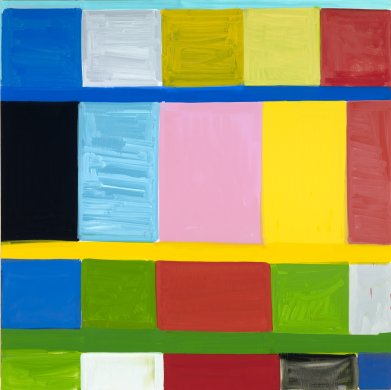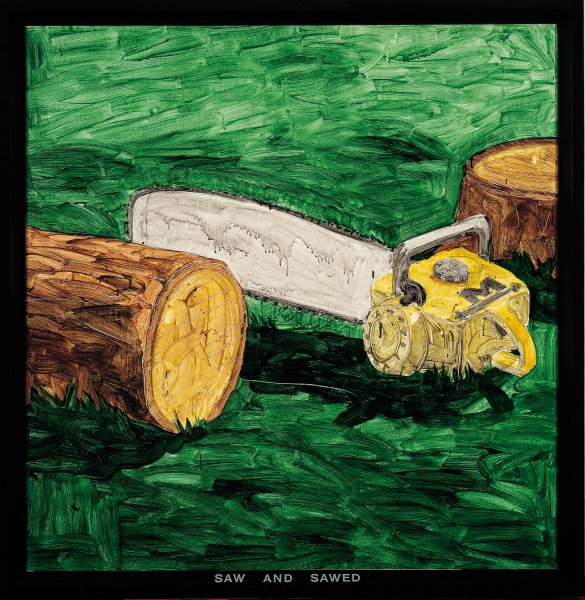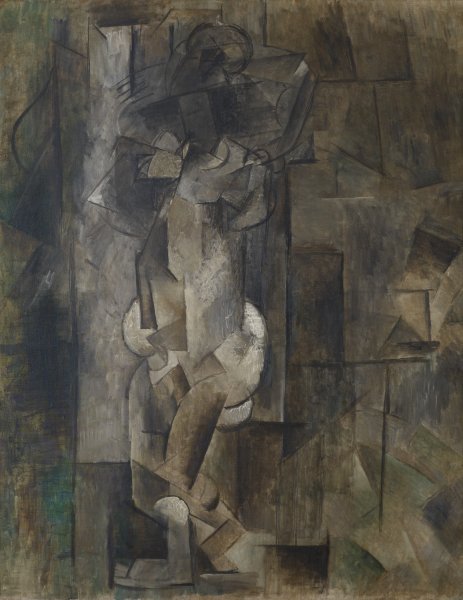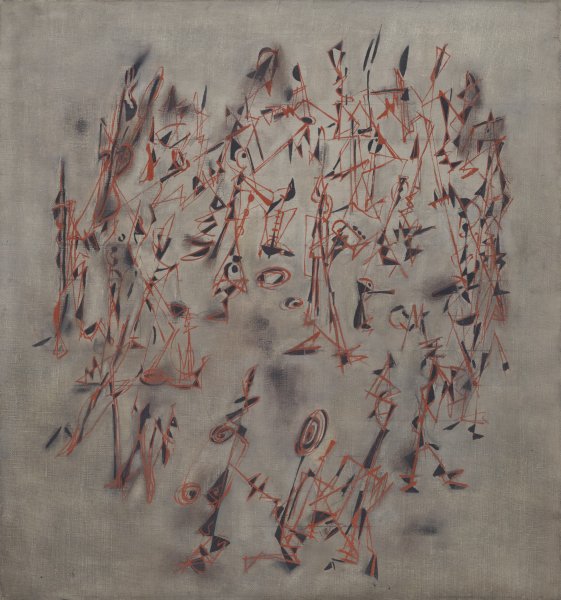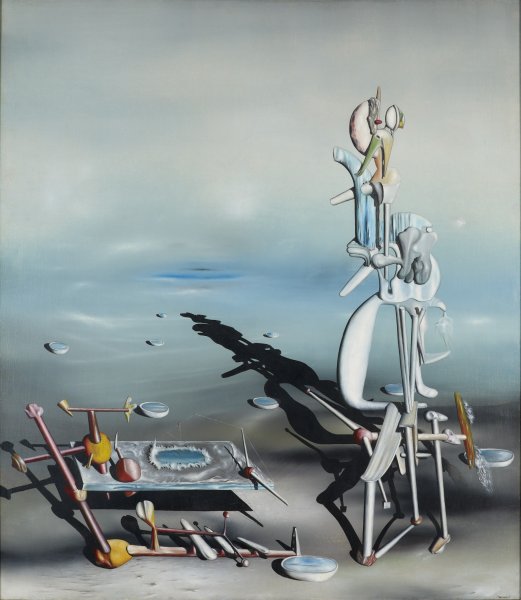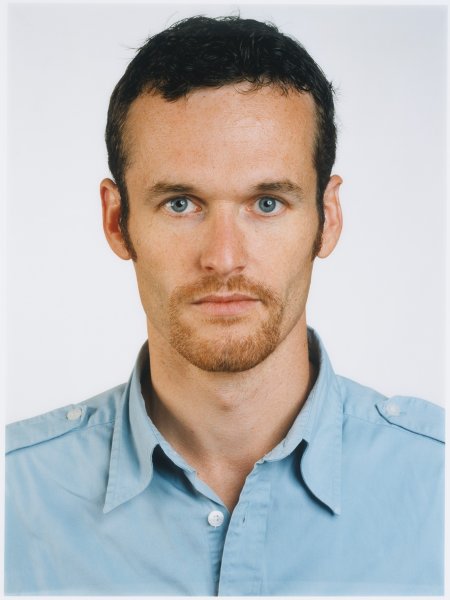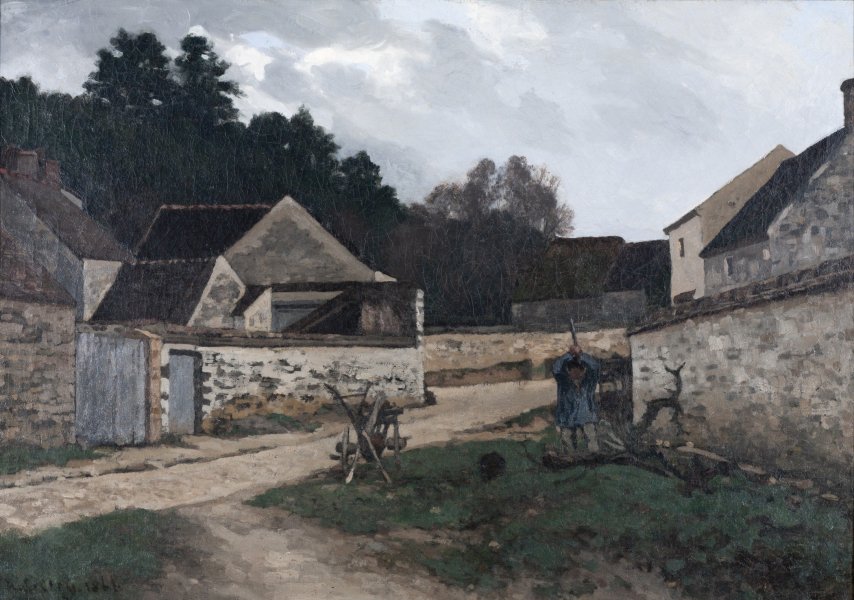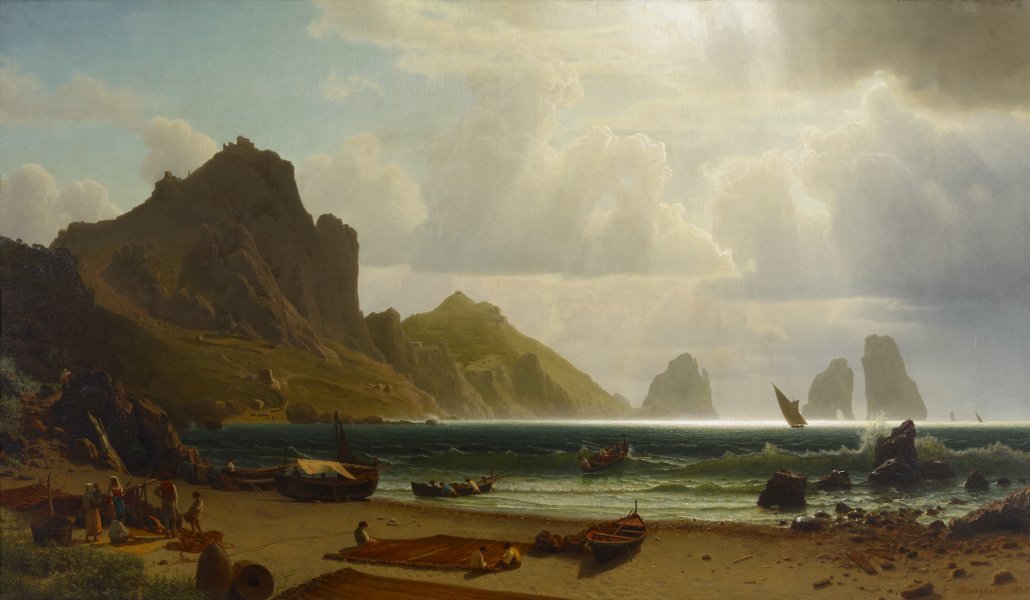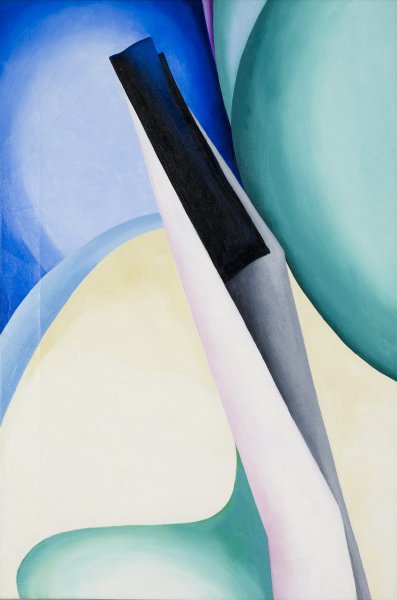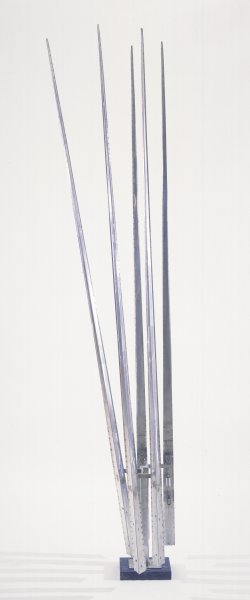Stanley Whitney
American, born 1946
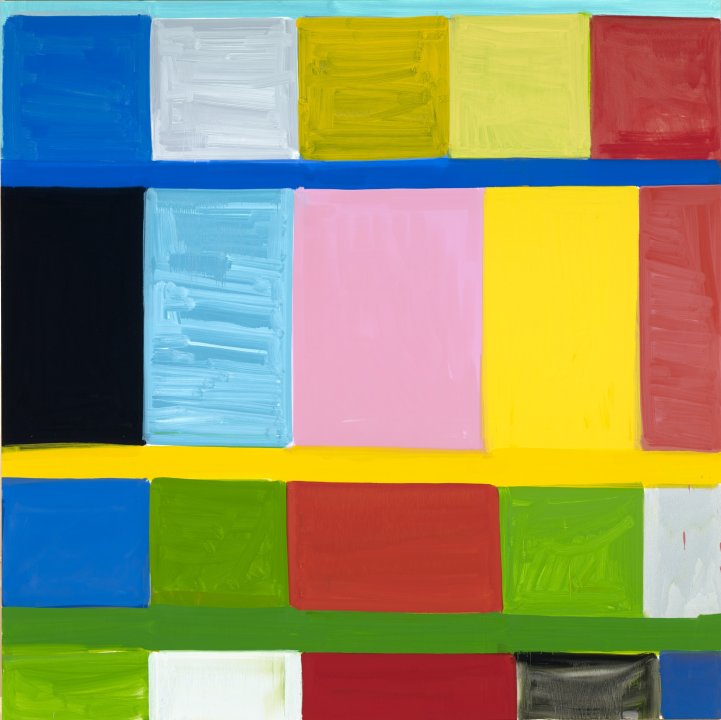
Stanley Whitney (American, born 1946). Endless Time, 2017. Oil on canvas. 96 x 96 inches (243.8 x 243.8 cm). Collection Buffalo AKG Art Museum. Bequest of Arthur B. Michael, by exchange, 2017 (2017:21). © Stanley Whitney. Photo: Tom Loonan and Brenda Bieger, Buffalo AKG Art Museum.
Endless Time, 2017
Artwork Details
Materials
oil on canvas
Measurements
support: 96 x 96 inches (243.84 x 243.84 cm)
Collection Buffalo AKG Art Museum
Credit
Bequest of Arthur B. Michael, by exchange, 2017
Accession ID
2017:21
Stanley Whitney thinks of color—the principal focus of his artmaking—as an object with its own weight, volume, and solidity. As he came into his own as a painter during the 1970s, the artist developed a signature composition: four rows of brightly colored and variably textured rectangles divided by solid horizontal lines. This structure allows Whitney to work through a seemingly infinite number of relationships among colors juxtaposed against one another. Beginning with the top left square and moving from one field to the next, Whitney very deliberately selects his palette based on the previously painted hues. For example, in Endless Time, he began the second row with an opaque and smooth application of black paint, which he followed on the right with a semitranslucent mixture of dark cyan and white that appears to reveal the canvas through watery drip and streaks. The varied opacities, textures, and hues carry the viewer’s gaze around the surface, from the calming and creamy pale pink at center to the erratic and heavy-handed kelly green that repeats in three fields.
